Vision 2050: A Look into the Past…
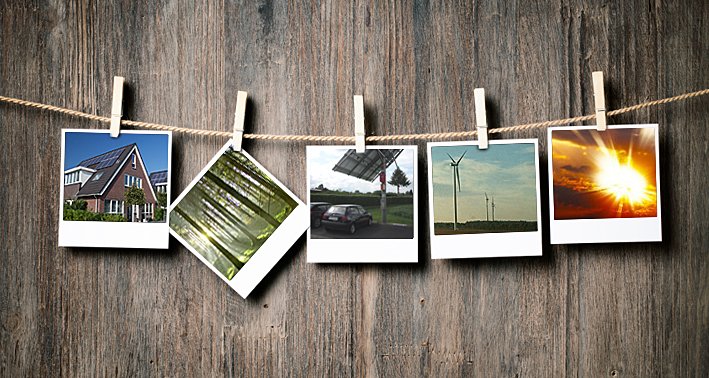
It’s grey outside. It’s not quite that cold, but I’m freezing in my thin jacket. A winter without snow. The first in 20 years. I hurry through the dirty streets, looking at the black house walls. I find it hard to breathe—the air is thick. A desperate cry for help, begging someone to open the last lignite stockpiles. I see people everywhere, sitting there motionless, loitering. I feel uncomfortable, as if someone’s looking at my every move. It’s unusually quiet out on the streets. There are barely any cars. I look at a newspaper ad and read the headline: “No End to the Economic Crisis in Sight! Last Solar Energy Company Announces Relocation.” Three streets later, I look at a screen: “Energy Transition a Mistake: 10 Million Unemployed in Germany.”
I don’t understand. How could this happen? I’m in front of a door… I ring the bell. No one opens. I ring again. A group of teenagers is staring intently at me. Damn! The door is not opening! I start ringing frantically. The group gets closer and I feel a shiver run down my spine. Then I read, “We regret to inform you that the Renewable Energy and Distributed Generation Research Center has been closed down. Thank you for your trust and your involvement.” I start heading towards the university, not sure what to do. I hear a voice behind me: “C’mon guys, let’s get this one. It’s one of those tree-hugging renewable-whatever bastards.” I move faster, but they start catching up. I’m scared. Right around the third fracking rig, I feel something hit me. My heart goes into overdrive.
Where am I? I’m lying in bed. My bed. It’s already bright outside. A beautiful day in the middle of spring. A fresh, pleasant breeze comes in through the open window. I sit up and stay on my bed for another five minutes, thinking about my nightmare.
There was a paradigm shift somewhere along the line
I’m glad I live in Germany. When we were young, we were able to resist the easy promise of cheap natural gas. I was 25 at the time, and the price of natural gas in the US had fallen so much that you’d think it was growing on trees. The name of the new method they were using? Fracking. Massive amounts of chemicals were used to extract natural gas. Today, Americans have to live with the consequences of their energy policies.
But we made the right choice. We got away from our fixation on a lifestyle that was going through our resources much faster than we could replenish them. There was a paradigm shift somewhere along the line. We improved slowly, but surely.
Instead of using cars as status symbols, we now show off with the latest in energy technologies
Redoing one’s house to make it truly green became a healthy national obsession. Huge cars were no longer impressing anyone. Their place as a traditional status symbol had been replaced by the latest in energy technologies, and these were no longer confined to the basement. They were right in the middle of your living room, with all kinds of intelligent home control options and technologies coming out every second. When homeowners got together with their friends, their discussions revolved around what the best type of insulation was, and they were so serious about it that things could get heated pretty quickly. That was just the beginning. Today, the hemp-growing industry in Germany is as important as the cattle and energy crop industries. We barely even use heating energy anymore, and that’s not (only) because of global warming. A lot of people were skeptical about them, but passive houses eventually prevailed as the best solution. Not everywhere, of course: We are tremendously proud of our historical buildings. After all, 300 year-old houses tell a lot about the history of our country, and you can’t quite get them nice and cozy with nothing but body heat. But even for that we found a solution. Electric heating, which had been written off as dead and gone for quite a while, is now back and relying on wind power; we can process our garbage to generate more power; and our forests produce more than enough biomass sustainably every year.
Smart technology and blue roofs as far as the eye can see
Our home appliances are so smart today that they barely even use power. And our houses aren’t looking too shabby either: Blue roofs as far as the eye can see—we make sure to use every little bit of solar energy out there. In the morning, the sun rises in the east. At noon, we get the maximum amount of solar radiation and power generation. Early in the evening, the roofs on the west do their thing. It’s that simple.
And to think of all the time we wasted on trivial discussions! Wind turbines are a blight on the landscape. They hack birds to pieces. As if though we were going to have wind turbines spinning all the time and everywhere. All we need today are the best available locations, such as the wind farm a mile to the east of our town. We’re proud of our wind farm. It doesn’t just belong to anyone—it belongs to the people in the city. The financial crisis dragged through Europe for nearly a decade before everyone finally came to their senses: It makes no sense to invest in stocks and securities that you don’t understand. Money should go into the things that we need right where we are. Then we won’t need any insanely high returns either.
Discussions until late at night, but it was worth it
Energy education committees. Energy co-ops. Community wind farms. The nights were long, and often stressful. But the effort paid off. Even the critics, who were fairly numerous at the beginning, are now convinced that the wind farm was a good decision to make. In fact, today’s turbines are already our third generation of units. The first ones we had produced a “measly” 2.3 megawatts each, but the turbines that were just installed last year are incredibly efficient, outputting 10 megawatts each. And that’s great, really great. Like I said: We need power for heating. And, of course, for our neighborhood electric cars, buses, and scooters. In fact, our vision of perfectly quiet streets came true in a way we hadn’t expected at the beginning. Sure, the traffic has gone down a bit, but the real change is in how quiet our cars and buses have become.
Local solutions for global problems
Our vision has borne fruit. Ever since our energy transition, fluctuations on the global market have had a much smaller impact on us, and we hardly worry about them anymore. We carefully manage the resources we have. Regional value creation is now at the forefront of our approach. At first, this idea of regional supply chains, which initially came across as somewhat antiquated, seemed out of place in a modern world. However, it turned out to be ideal in terms of energy. Sure, the wind farm created a couple of secure jobs, but everyone already expected that. The truth is that our regional supply chain did much more: It created secure wood pellet production jobs, which in turn made it possible to save the sawmill at the last second. Regional supply chains also ensure that things don’t have to be transported across long distances. Talk about being right on time: Gasoline and diesel have become so expensive that this has become an enormous advantage!
A vision turned reality
My daughter works at IRENA, currently the UN’s largest agency, while my son works at the University of Kassel, where he is contributing to a carbon sequestration project. Carbon sequestration is one of the ways we can stop climate change, as it reduces the carbon content in our atmosphere and increases soil fertility during the process. Or, as the old saying goes: two birds with one stone. The truth is that it already works on a large scale—we simply have to find the right business model for it.
My five grandchildren are still in school, and I’m convinced that, by the time I’m gone, we will have an economic and energy system that will not only work for our grandchildren, but for the next 300 years or more. That’s a much better ending than my nightmare.
Thank you!
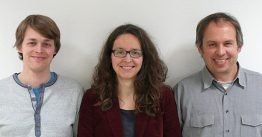
Georg Blum, Beate Fischer, and Dr. Peter Moser from the IdE Institute decentralised Energy Technologies, Kassel/Germany
A guest contribution by Georg Blum, Beate Fischer, and Dr. Peter Moser from the IdE Institute decentralised Energy Technologies in Kassel, Germany. The fictional character in this text reflects the personal hopes and dreams of these three authors, as well as their outlook regarding renewable energy and its impact on our society. All three authors individuals engaged in long-term development projects that focus on regional power supply strategies and solutions.
We would like to take this opportunity to thank them for their thought-provoking and forward-looking contribution.

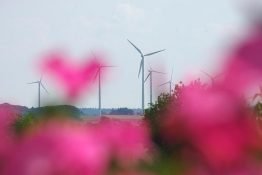
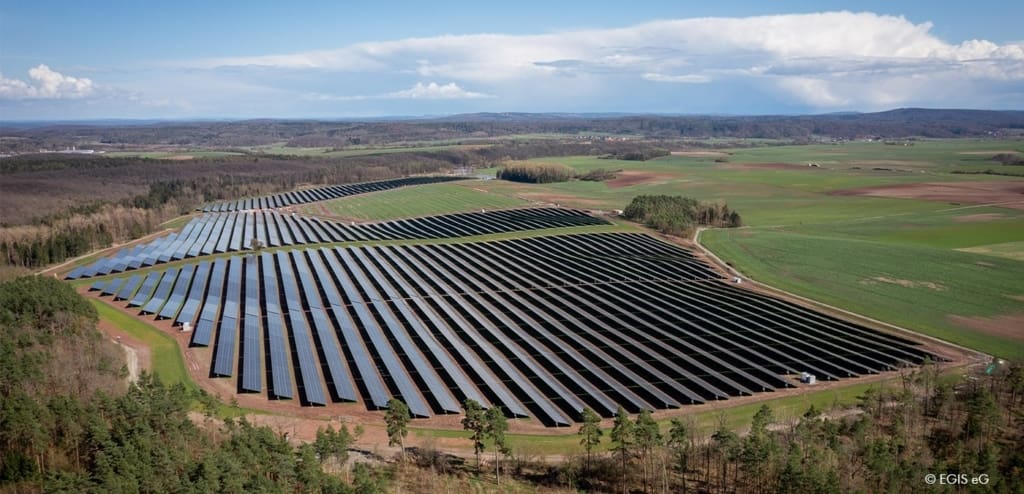
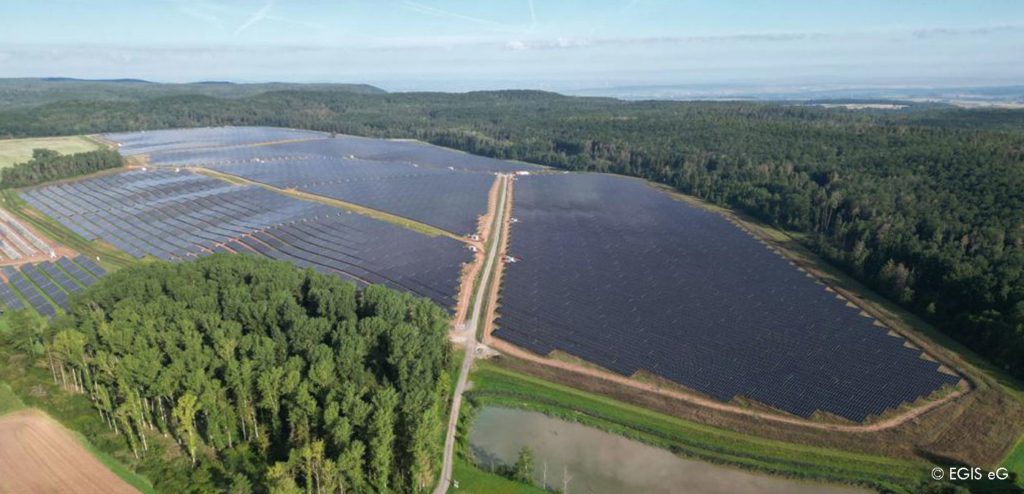
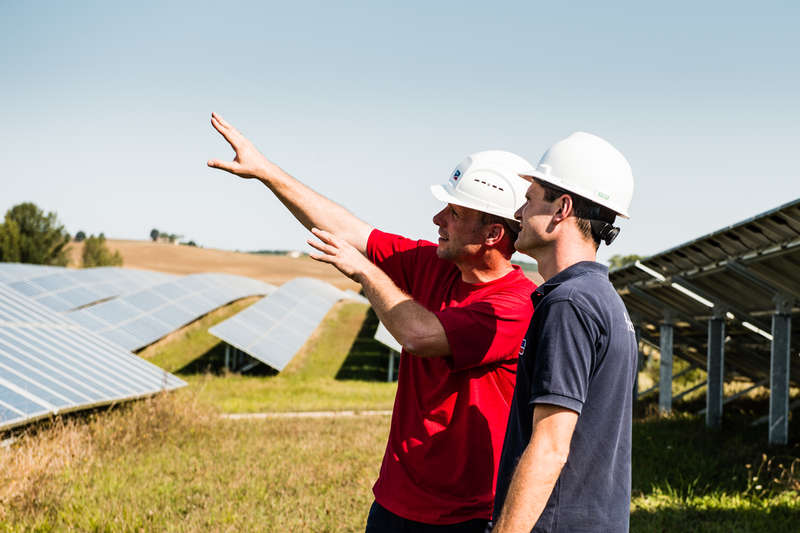
Feel free to contribute!